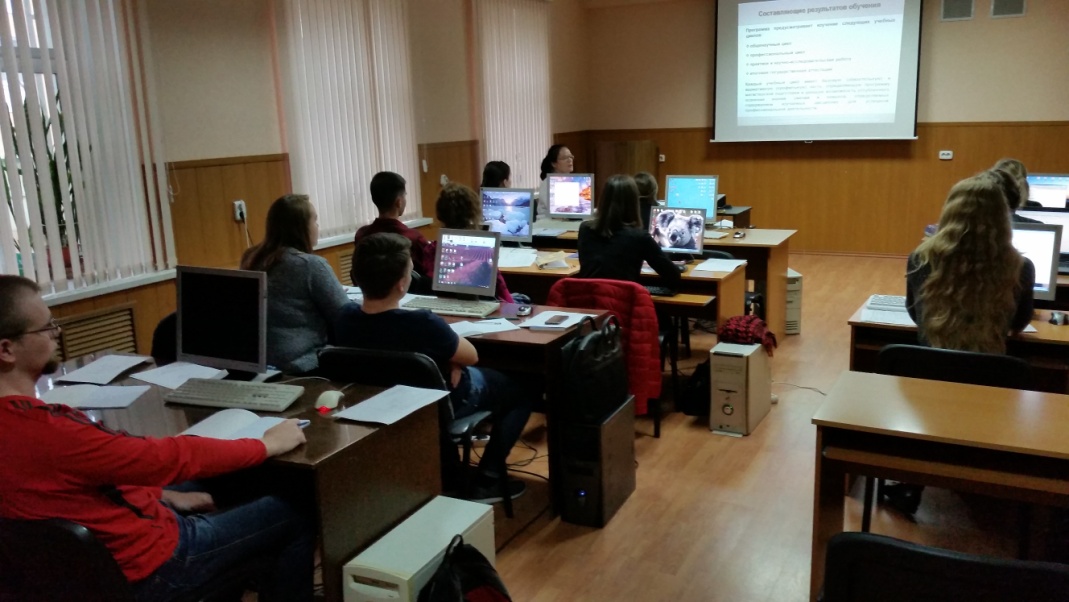Science and Engineering Center «Reliability and Safety of Large Systems and Machines» of the Ural Branch of the Russian Academy of Sciences
The Scientific and Engineering Center "Reliability and Resource of Large Systems and Machines" of the Ural Branch of the Russian Academy of Sciences (hereinafter SEC, Center) is a federal state budgetary research institution that carries out systemic, interdisciplinary fundamental research and applied development. The Center specializes in solving the problems of reliability and security of large systems and applying the results of these studies to geotechnical and human-machine systems, primarily in the interests of the fuel and energy and transport complex of Russia.
The Center was organized on September 3, 1987 under a joint decision of the Presidium of the USSR Academy of Sciences and the Ministry of Secondary and Higher Special Education of the RSFSR.
The main scientific direction of the Center is interdisciplinary research aimed at creating breakthrough and critical technologies that determine the survivability, security, integrity and strategic readiness of large systems “society - man - infrastructure - environment", interdependent critical infrastructures and their component multi-parameter impacts.
The fundamental research of the Center, according to its Charter, is conducted in the following main scientific areas:
assessment, monitoring and management of survivability and security of systems of interdependent critical infrastructures;
computer modeling of development scenarios for industrial and technological accidents and disasters;
stochastic methods for monitoring, diagnosing and assessing the probability of failure, residual life and the risk of operating potentially hazardous facilities;
nonlinear mechanics and statistical dynamics of destruction (catastrophes).
In the field of basic research, SEC has developed and successfully applied a number of basic quantitative physical and technical models for monitoring, diagnostics and analysis of survivability, durability, safety of critical infrastructures, which make it possible to assess the risk of operating existing and designed complexes and facilities, to build a system of priorities for solving the problems of infrastructure infrastructures.
In the work of the Center’s employees, a new scientific direction “INFRANETICS” is being developed, which solves the problem of safe innovative development of the country, regions, municipalities based on the methodology of collective regulation of regional risk, by managing systems of interdependent “smart” infrastructures, ensuring the sustainable development of a modern risk society.
Priority areas of scientific activity of the Center:
Development of the fundamentals of the theory of infranetics as a synthetic convergent discipline;
Development of the theory of quasi-collective management of various systems of interdependent infrastructures according to the criteria of territorial risk;
Creation of methods and tools for managing the safety of the operation of potentially hazardous facilities of interdependent critical infrastructures;
Assessment of survivability of urban and industrial infrastructures, integrity and safety of critical infrastructures;
Computer 3D modeling of incidents, accidents and disasters at VET infrastructure of megacities, with an assessment of their survivability and the magnitude of damage of all types;
Development of optimal diagnostic and monitoring methods for the reliability and safety of infrastructures, unique buildings and structures;
Consideration of the human factor in assessing the safety and risk of operation of critical infrastructures and their protection against possible cyber attacks;
Taking global warming into account when designing the next generation of critical infrastructures;
Creation of methods to ensure the reliability and security of the strategic infrastructures of the Far North and the Arctic.
The most significant SEC applied research projects are related to the development of safety passports and declarations, plans for the prevention and liquidation of oil spills in the territory of the municipality of Yekaterinburg and the industrial sites of the Beloyarsk nuclear power station of Rosenergoatom Concern JSC. Important in its results is a project devoted to modeling the development of interconnected critical infrastructures of the Arctic zone of the Russian Federation.
Projects implemented by the employees of the Center have actual fundamental and important applied value. Fundamental results are naturally used in solving applied research problems.
The Center has agreements on cooperation with foreign universities: University of Newcastle (USA), Virginia Polytechnic Institute and State University (USA), Old Dominion University (USA), Startup OPTICITS (Barcelona, Spain), as well as with Russian universities: Federal State Budgetary educational institution of higher professional education "Tyumen State Oil and Gas University" (Tyumen), State educational institution of higher professional education "Ufa State Aviation Technical University" (Ufa). The Center accepts the practice of undergraduates of the Ural Federal University named after First President of Russia B.N. Yeltsin (UrFU).

SEC has licenses for the right to conduct educational activities, as well as graduate school in two specialties: “Dynamics and Strength of Machines, Devices and Equipment” and “Fire and Industrial Safety”.
SEC, the only one in the Urals, trains highly qualified personnel in the field of security of critical industrial and civil infrastructures. The main educational program of the magistracy “Safety of critical building infrastructures and territories” was developed in the direction of preparation 04/08/01 “Construction” at the Ural Federal University named after First President of Russia B.N. Yeltsin (UrFU).
Employees of the Center give lectures and special courses in the disciplines of the master's program:
Fundamentals of the theory of safety of critical building infrastructures;
Industrial safety of hazardous production facilities;
Inspection of the technical condition and methods of rehabilitation of buildings and structures;
Russian approach to risk analysis and security of critical infrastructures and territories;
The use of geographic information technologies to improve the security of critical infrastructures and territories;
Methods for quantifying the risk of accidents at hazardous production facilities;
Risk analysis of oil and gas pipelines and other transport systems;
The basic principles of supervision and expert activity on industrial safety of hazardous production facilities;
Probabilistic methods of structural mechanics and the theory of reliability of building structures.
